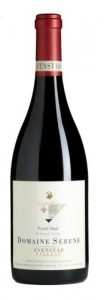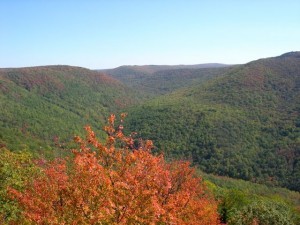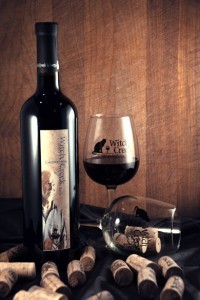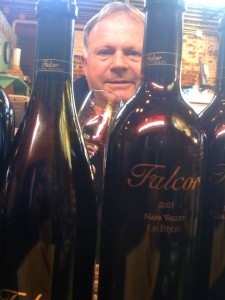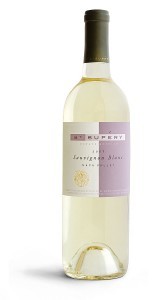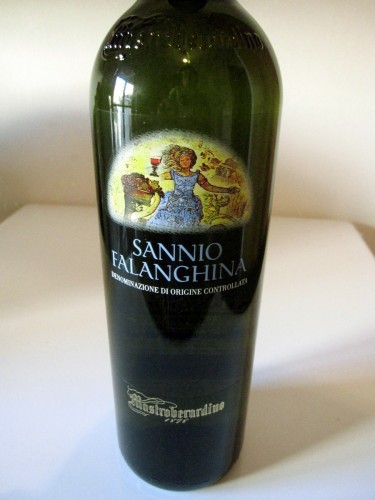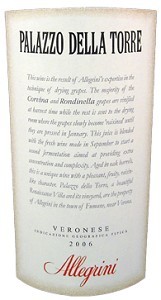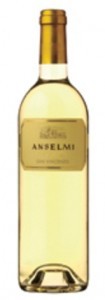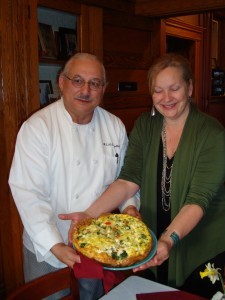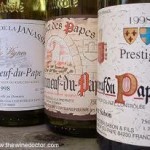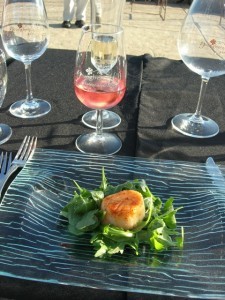I hope you’ve been training hard because we are about to embark upon a food and wine marathon that begins with Thanksgiving, shifts into high gear for holiday parties, and roars into overdrive for Christmas and New Years’ celebrations.
We will consume more food and drink more wine during this period than at any other time during the year and, as a result, we will boost the first quarter revenues of exercise clubs, diet centers and clothing alteration shops throughout this great land.
Between Thanksgiving and Christmas, you will also make more than 50 percent of your total wine purchases for the year. Therefore, today I’ll give you a few wine suggestions to accompany the first big holiday.
Thanksgiving is just around the corner and turkey will once again be the centerpiece of this culinary celebration. In the past, I have written about the versatility of turkey to be successfully matched with red or white as well as light or full-bodied wines. The reason this is possible is because turkey has a variety of flavors, colors and textures which can match just about any wine.
Add to these dimensions, the manner in which the turkey is prepared (i.e., roasted, smoked, grilled or fried) and the type of stuffing used, and you have a complex set of flavor components that make matching wine with it fun. Indeed, Thanksgiving offers us a rare opportunity to sample several wines with the same meal (and that’s something to thankful for).
Conventional wine wisdom dictates that white meat should be accompanied with white wine. Well, in the case of Thanksgiving turkey, that is only partially true.
From an herbal sauvignon blanc (which pairs nicely with a sage-flavored bread dressing), to a medium-bodied, yet rich, Alsatian riesling, to a lighter-styled pinot grigio, to a creamy, full-bodied chardonnay, turkey can accommodate each of these white wines quite nicely.
But what really surprises some wine purists is how well turkey matches with red wine, particularly when the bird has been roasted on a grill or smoked. Full bodied reds like cabernet sauvignon, Rhone wines such as Chateauneuf Du Pape, along with zinfandel, shiraz or Amarone go especially well with smoked or grilled turkey.
The traditional oven-roasted turkey is also very nicely accompanied by a pinot noir, Beaujolais or even tempranillo from Spain. And, given the celebratory nature of Thanksgiving, sparkling wine and Champagne would be an appropriate match too.
And what about a dessert wine with that pumpkin pie? Well, I’ve got a few goodies for your sweet tooth that will pair especially well with this traditional dessert.
In the interest of impartiality, I will take on the formidable task of working my way through a plethora of both white, red and sparkling wines this Thanksgiving. I will then repair to the couch where, full of tryptophan and the fruit of the vine, I will snooze my way through a bevy of football games. Ah, the good life.
So here are some vinous ideas for you to consider as you plan your Thanksgiving dinner.
For the holiday aperitif: Domaine Chandon Blanc de Noirs, Domaine Carneros Brut, Iron Horse Russian Cuvee, or Zardetto Prosecco would tickle and tingle your palate and get you primed for the meal to come.
White wines: St. Supery Sauvignon Blanc, Trimbach Riesling, Merryville Chardonnay, Louis Jadot Chablis, Banfi Centine Bianco, Pierre Sparr Gewurztraminer, Talley Vineyards Chardonnay and Tolloy Pinot Grigio.
Red wines: Franciscan Cabernet Sauvignon; Luigi Righetti Amarone, Martin Codax Tempranillo, Beaucastel Chateauneuf-du-Pape, Ridge Lytton Springs Zinfandel, Davis Bynum Russian River Sonoma County Pinot Noir; Domaine Serene Evanstad Reserve Pinot Noir,and Georges Duboeuf Morgon Beaujolais.
Desert wines: Michele Chiarlo Moscato, Navarro Late Harvest Riesling, J Vidal-fleury Muscat de Beaumes de venise.
Happy Thanksgiving.

